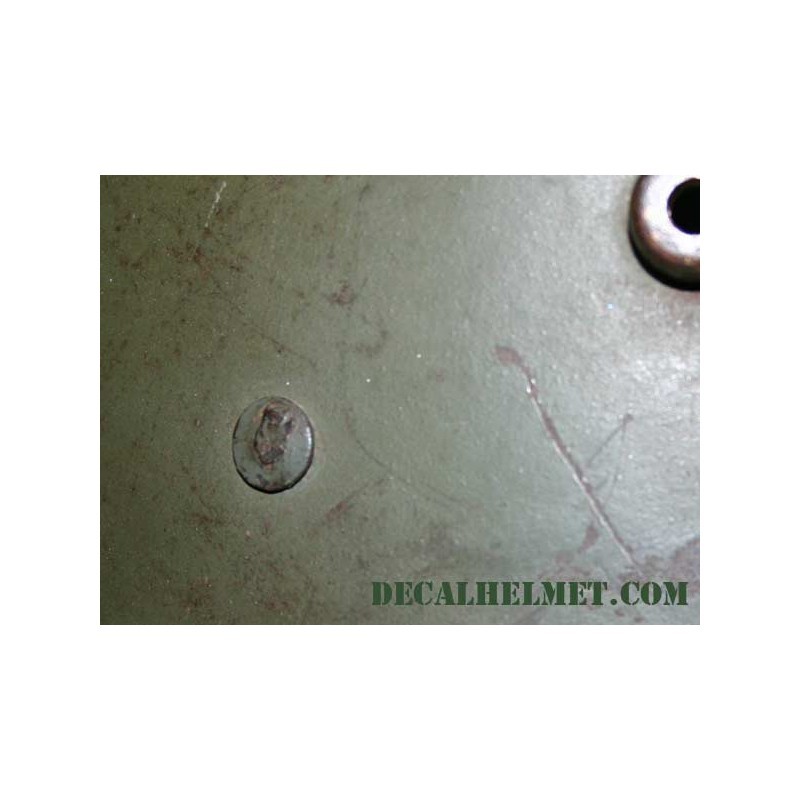

Silver disc with a straight clasp suspender without a swivel Dempster was an ancestor of a Montmorency/Eltham sub-branch member. LEST WE FORGET 25 APR 15 (around circumference)Īnzac day, commemoration, school children, ww2, 1916 anzac medallion wreath surrounding inscription (see below) The medallion was also distributed to the public on ANZAC Button Day for one shilling.Ĭircular medal with an eyelet at the top for attaching loop holding ribbon (loop and ribbon missing). The medallion was sold to Victorian school children at commemorations of the landing of the of the Australian and New Zealand troops arriving on the Gallipoli Peninsular in 1915. Although 175,000 medallions were made, this proved insufficient for demand. The medallion was struck by the Education Department of Victoria for school children in 1916, to commemorate the first anniversary of the ANZAC Forces landing at Gallipoli on 25 April 1915.Īn article in the ARGUS newspaper, written at the time, stated that the medallions were issued for sale for the price of sixpence. The ANZAC Day medallion was issued for sale in 1916. Suspended from badge, a rectangular metal strip (suspended by two rings) with small star held by split pin. Stanley Alfred Deacon is commemorated at the Australian War Memorial and the Rabaul Memorial.Ĭircular metal (silver-coloured) badge with raised image of woman with floral bouquet.

Gasmata is located in New Britain, Bismarck Archipelago, Bismarck, New Guinea.

A 3-4 day air search failed to find any sign of the aircraft or survivors. radio officer) and 7 other crew members departed Cairns, and later reported being on fire, probably force landing 30 miles south east of Gasmata. 20 Squadron W.Cdr Francis Bloomfield Chapman (271349) with Flying Officer S.A.Deacon as R.D.F. The aircraft flown by the Commanding Officer of No. 20 Squadron RAAF, on the night of 08/09March 1943. This badge was issued to Mrs M Deacon (mother) of 67 Cramer St, Preston to commemorate her son Flying Officer Stanley Alfred DEACON (255057) who was lost in a Consolidated Catalina A-24-22 of No. Knight's Head stamping of the German Solingen-based firm Carl Reinhard KIRSCHBAUMīayonet, victorian defence forces, lancaster carbine Original leather scabbard with brass locket and chape. Long single-edged, pipe backed, quill pointed 24 inch (615mm) steel blade. Brass cross-guard with formed muzzle ring. Left grip has four small steel rivets, right grip three rivets and the leaf spring securing screw. A steel press stud operates the locking catch via a steel leaf spring on right side of hilt. Stylised beaked-brass pommel with T- shaped attachment slot. Pattern 1855 bayonets were issued to some volunteer units of the Victorian defence forces in the late 1850s, The first model Sappers and Miners bayonet appeared in 1841 and differs significantly from this type. 577 calibre Oval Bore Carbine and was known as the Pattern 1855 'Sappers and Miners' bayonet because they were designed for use by the Corps of British Royal Sappers & Miners. This bayonet and scabbard was made for the Charles Lancaster. Users are advised to contact the source organisation to discuss appropriate reuse. Reuse of any Aboriginal or Torres Strait Islander material on this site may require cultural clearances. The length of this time varies and is determined by the community. Users of this site should be aware that in many areas of Australia, reproduction of the names and photographs of deceased people is restricted during a period of mourning. These views are not necessarily the views of Victorian Collections. Or recorded but may not be considered appropriate today. Some material may contain terms that reflect authors’ views, or those of the period in which the item was written Content also may include images and film of places that may cause sorrow. Please be aware that this website may contain culturally sensitive material - images, voices and information provided by now deceased persons.Ĭontent also may include images and film of places that may cause sorrow.Īboriginal and Torres Strait Islander people are advised that this website may contain culturally sensitive material - images, voices and information provided by now deceased persons. We celebrate the history and contemporary creativity of the world’s oldest living culture and pay respect to Elders - past, present and future. We acknowledge the Traditional Owners of the place now called Victoria, and all First Peoples living and working on this land.


 0 kommentar(er)
0 kommentar(er)
